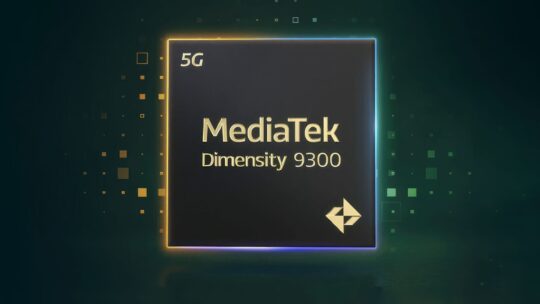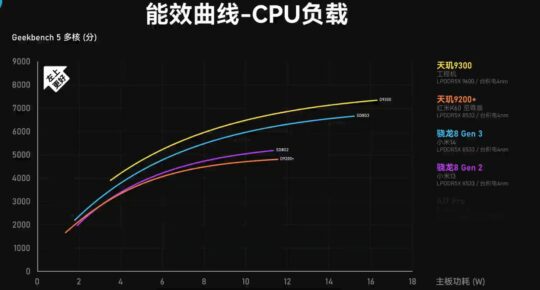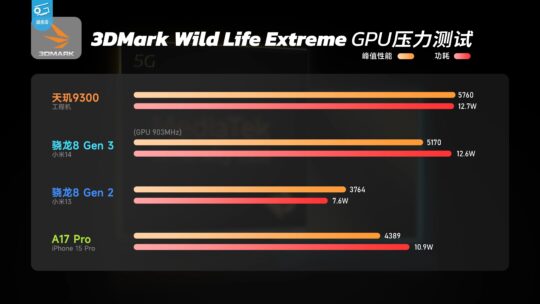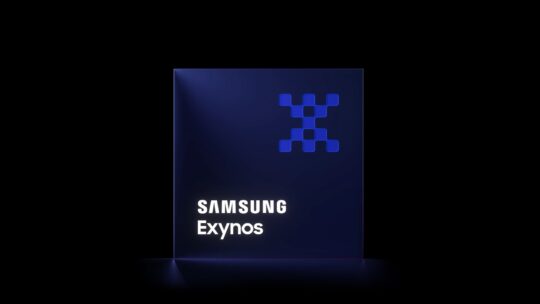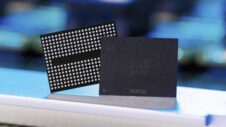MediaTek came out all guns blazing with the Dimensity 9300, its new flagship smartphone processor. Just a few years ago, the Taiwanese chip firm was viewed as a supplier of average low-end and mid-range chips. However, the company has turned around its fortune over the past three years with remarkable determination, and Samsung should learn a thing or two from MediaTek on how to turn around its Exynos division.
MediaTek delivers with the audacious Dimensity 9300 chip
The Dimensity 9300 is a 4nm chip with an audacious design. Unlike all other smartphone chips, it only uses high-performance CPU cores. Its octa-core CPU has one Cortex-X4 core clocked at 3.25GHz, three Cortex-X4 cores clocked at 2.85GHz, and four Cortex-A720 cores underclocked at 2GHz. The company is actually using an Apple-like approach of clocking high-performance CPU cores at over 3GHz and the rest of them at around 2GHz. While most people, including me, were skeptical about the power efficiency of the Dimensity 9300, it looks like the company has actually delivered on that front, too.
Early benchmarks and reviews show that the Dimensity 9300 offers noticeably better performance than the Snapdragon 8 Gen 3 at peak power. However, at the same power levels, the new Dimensity's CPU can perform slightly better in mid and high workloads. Even in GPU workloads, the Dimensity's Immortalis-G720 MC12 GPU (1,300MHz) performs better than the Snapdragon 8 Gen 3 at the same power level. So, despite its peculiar ‘All Big Core' design, the Dimensity 9300 seems to be performing slightly better than the Snapdragon 8 Gen 3.
Many Chinese smartphone brands have announced that at least one of their high-end phones will use the Dimensity 9300 in 2024. The only thing that remains unclear is how it performs in sleep mode or low-level workloads, as the lack of any power-efficient CPU cores can hurt its efficiency. However, it still offers a viable alternative to Snapdragon chips, especially in times when China-USA geopolitical tensions can cause huge issues for Chinese smartphone brands like OPPO, Vivo, and Xiaomi. Moreover, MediaTek chips are said to be cheaper than their Qualcomm counterparts, which gives smartphone brands one more reason to choose the Dimensity 9300.
Exynos needs to improve a lot if it wants to shed its negative tag
Against all odds, MediaTek has improved tremendously over the past few years. Samsung, on the other hand, hasn't managed to solve the power-efficiency and overheating issues that have plagued Exynos chips for several years. The Exynos 990 was a disaster, and while the Exynos 2100 was a major improvement, it still wasn't on par with the Snapdragon 888, which was considered among the worst flagship chips from Qualcomm in recent times.
The Exynos 2200 wasn't much better either, despite Samsung partnering with AMD for an RDNA2-based GPU. For the Galaxy S23 series, Samsung didn't even bother to use an Exynos chip in any country. Our understanding is that Samsung uses Exynos and Snapdragon chips when their performance is somewhat similar, so the company exclusively using a Snapdragon chip worldwide for the Galaxy S23 could mean that the performance gap between the Exynos 2300 and the Snapdragon 8 Gen 2 would've been significantly bigger.
Leaked benchmarks show that the Exynos 2400, which was announced a few weeks ago, could be slower than the Snapdragon 8 Gen 3. Samsung hinted that the Exynos 2400's GPU is faster than Apple's A17 Pro, but that means it is considerably slower than the Snapdragon 8 Gen 3. We expect its GPU to be as powerful as the Snapdragon 8 Gen 2. And that means Samsung's latest chip could be less powerful than all flagship smartphone chips in 2024. And that's not looking good for the Exynos 2400. The only good thing it can have now is to feature power efficiency that's on par with Snapdragon chips.
Like MediaTek, Samsung needs to do something drastic and impressive if it wants to stay competitive. Whether the issues lie with the design of the chip, the fabrication process, or both, Samsung needs to work really hard to solve them really fast. If it doesn't deliver in 2024, consumers might not trust Exynos chips ever again. The company is said to be working on a ‘Dream Chip‘ that's made using its second-generation 3nm process and optimized for flagship Galaxy phones, but it might be too late by the time that chip is ready for use.

